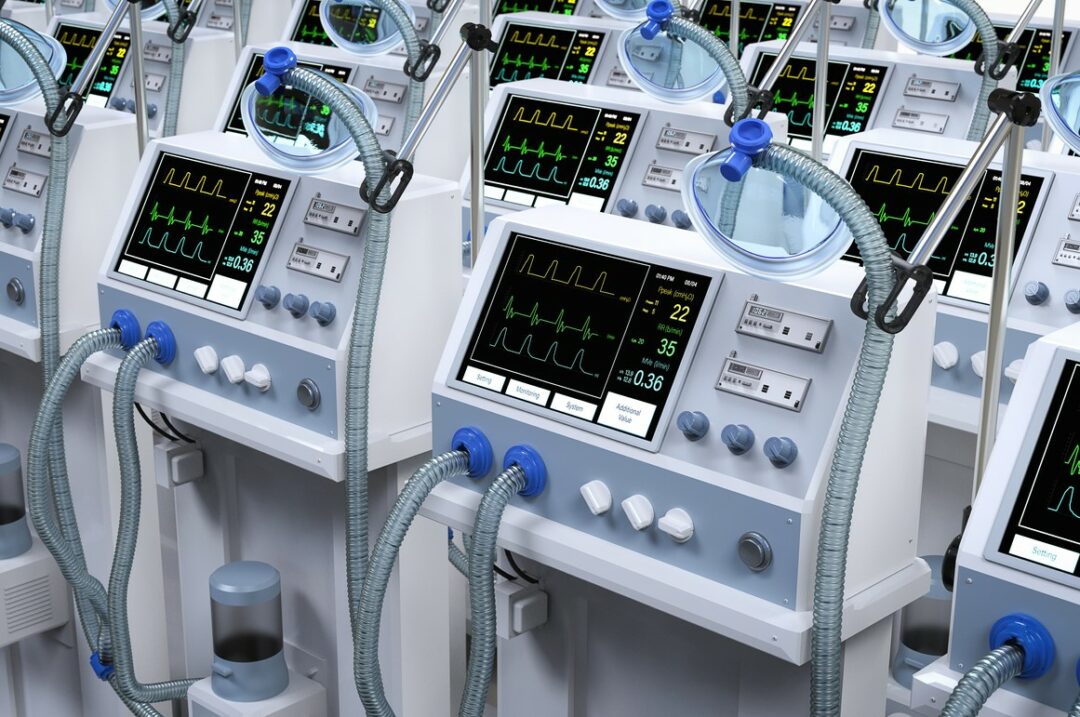
Hospitals across the U.S. are facing an escalating crisis: acute shortages of vital medical supplies.
From medications and personal protective equipment (PPE) to medical devices and testing kits, healthcare facilities are struggling to obtain essential products needed to properly treat patients.
Recent data reveals that backorders for critical supplies have skyrocketed compared with pre-pandemic levels. Where hospitals previously saw 400-500 backordered items daily, they now face between 800 to 1,000. Around 20% of essential medical supplies are experiencing scarcity rates above 5% — a dangerously high level that leaves hospitals scrambling daily to find crucial items.
These severe shortfalls have reached crisis levels, threatening patient care and safety nationwide.
Over the last several years, a compounding series of factors overwhelmed supply chains, causing alarming product shortages. The COVID-19 pandemic saw demand surge for essential items such as PPE and ventilators, draining available supplies. Raw materials and component shortages constrained manufacturing, and hiring challenges slowed output.
At the same time, congestion at ports and freight delays created distribution bottlenecks. Economies of scale were lost as hospitals stockpiled scarce products. From materials scarcity to delivery delays, the fragility lurking within outdated supply chain infrastructure became exposed.
When basic medical supplies suddenly become unavailable, risks increase exponentially across healthcare delivery. Without reliable access to fundamentals such as masks, gloves, medications and IV bags, hospitals face substantially higher odds of treatment delays, canceled procedures, discontinued interventions and missed or inaccurate diagnoses. The rationing of IC fluids or substitution of alternative drugs increases the risk of complications and subpar treatment. Healthcare professionals are forced to borrow supplies from other facilities when stocks run low, placing a strain on staff and budgets. Each day brings new problems requiring improvised solutions, as hospitals strive to provide quality care despite these missing elements.
Seeking Solutions for a Broken System
These challenges demand urgent action across the healthcare ecosystem, to resolve shortages and rebuild supply chain resiliency. Manufacturers must ramp up production capacities to meet new levels of demand. Distribution and transportation bottlenecks need to be addressed through network coordination and logistics innovation.
Policy and regulatory changes should aim to eliminate barriers that constrict output, while continuing to ensure rigorous quality and safety oversight. Predictive data analytics and visibility tools can help distributors and clinical facilities collaborate to anticipate needs, instead of reacting from stockout to stockout.
Hospitals nationwide are adapting their operations in response to ongoing supply shortages. Initiatives aimed at optimizing inventory and purchasing practices are helping to stretch scarce resources. For example, advanced data analytics can assist in more precisely planning supply needs to limit waste. And reliance on alternative manufacturers and channels expands options for critical items.
By ordering further ahead of clinical demand and keeping larger on-hand buffers, hospitals can provide stability when distributions become inconsistent. Some are investing in onsite equipment for in-house production of simple supplies like PPE, to reduce reliance on external sourcing.
Technology Solutions
Innovative technologies such as artificial intelligence, blockchain, inventory optimization software and supply chain digitization can strengthen vulnerable links across medical supply chains. Blockchain-based supply tracking provides end-to-end visibility to pinpoint waste sources. Optimization algorithms allow hospitals to forecast surges before they become shortages.
Utilizing modern technology enables the implementation of smart, data-driven supply chain strategies that are tailored to this new era of disruption and uncertainty. These advanced tools deliver granular visibility, real-time monitoring, predictive analytics and enterprise-wide coordination.
We cannot rely on temporary workarounds and patches. Fundamental infrastructure and process upgrades, enabled by new technologies, are imperative to prevent similar catastrophes going forward.
There’s an urgent need to rebuild strategic reserves of medical supplies after the massive drawdowns early in the pandemic. Higher stock levels of items such as masks, gloves, and medications will allow hospitals to withstand unexpected demand spikes and supply shocks. Policymakers can assist by funding grants to support improved supply chain infrastructure.
The challenges for hospitals are daunting, but inspiration can be drawn from healthcare workers on the front lines. Their commitment to delivering excellent patient care in times of adversity is a testament to the human spirit.
By working together, sharing solutions and embracing innovative technology, the healthcare industry can overcome the systemic weaknesses exposed by COVID-19. Though the obstacles are immense, nurses, doctors, supply chain experts and others across healthcare strive tirelessly to provide exceptional patient care. Their commitment inspires optimism that the system can — and will — grow stronger.
Luka Yancopoulous is chief executive officer of Grapevine Technologies.







